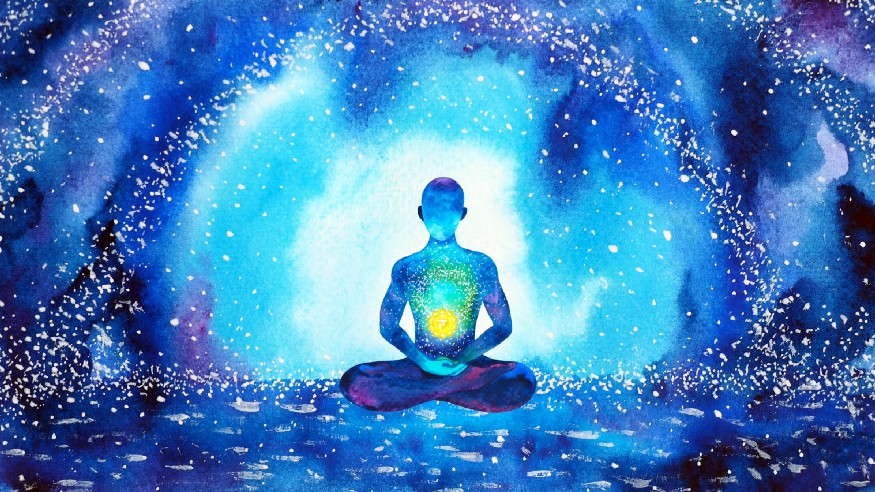
What are our three main energy centers? Well, how do we spend most of our time all day?
We think, feel, and move around. The more we practice quieting down and relaxing the body, the more the activity of these energy centers—the mind, body, and feeling—becomes apparent. For example, we begin to see that the head-brain is the home of our thoughts, and we expend a great deal of energy thinking and daydreaming.
We also see that most of our thoughts are repetitive. Typically, these are the things that bother or worry us, or the things we seek to accomplish during the day.
What we’re preoccupied with in our daily lives also influences our dreams at night, but we often experience dreams more as imagery rather than the self-talk that characterizes our mind chatter during our so-called waking consciousness.
When we practice coming to silence and begin to build something within ourselves that can observe our ordinary mental activity, we can see patterns to our inner talking. For instance, I often catch myself blaming other people for my problems and justifying my actions when I feel threatened. When I quiet down, I also notice how I fantasize about the things I desire.
Almost none of this self-talk and daydreaming corresponds to reality but it’s hard to see that because we’re so attached to our interpretation of the world around us. But if we want to expand our consciousness, we must loosen ourselves from the grip of this habitual use of energy by the mind.
The solar plexus is the home of our feelings, which radiate outward to other parts of the body (e.g., our upper chest, neck, face, and arms) via our nerve nodes. I always say that feelings are more elusive than thoughts.
Feeling energy can be hard to isolate and observe on its own, since it’s intimately connected to our thoughts and physical sensations in the body. For me, feelings such as nervousness, sadness, and anger are often expressed in my solar plexus, neck, and face. These feelings become linked up with thought as I try to express myself, especially about things I like or don’t like.
Again, as we practice quieting down, we’ll also notice that many feelings are habitual; that is, we repeat the same feelings (as expressed as bodily sensation) in reaction to the things we experience—real or imagined. And feeling often precedes thought and can be difficult to articulate verbally.
Our third main energy center, the body, is home to the spinal column, which is the central command center for our movement. It sends electrical nerve signals throughout the body. These signals help us feel sensations and move our muscles. Tons of energy is moving through this center at a given moment to fuel much of our involuntary and voluntary functions.
When we’re in our default mode, that is, running on autopilot, these centers operate largely unnoticed in the background of our consciousness. However, as we become more aware of the energy within these centers, we can begin to direct how energy is expressed there. By reducing unnecessary thoughts, feelings, and bodily tension, we can release energy to elevate our state of consciousness. We can also begin to cultivate our higher faculties, such as will, imagination, intuition, and objective self-awareness.
